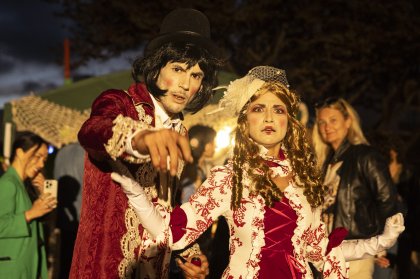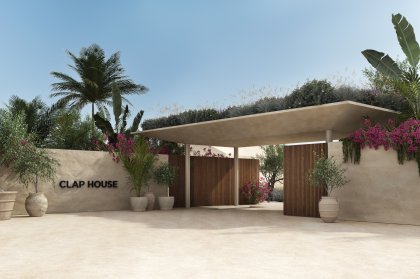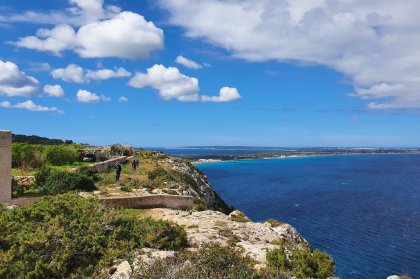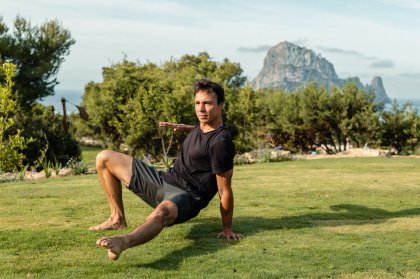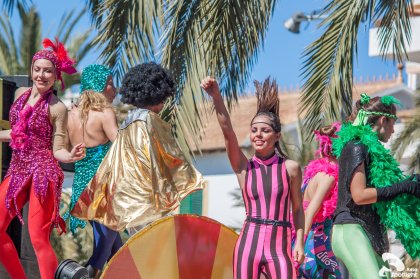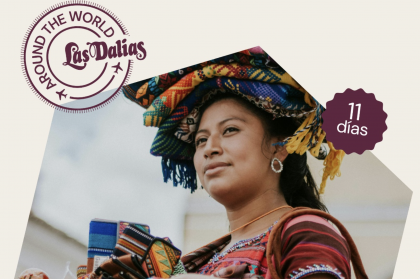Please find Part 1 and Part 2 of this three part series on the 10 Styles of Yoga by Maili Dinim.
What Style of Yoga is Best for Me Now?
There are so many styles of yoga and I feel this reflects the many different needs of the practitioners. I recommend picking styles that are fun for you, teachers that impress you and sticking with either until such time that you can honestly say you have outgrown it.
Iyengar Yoga:
BKS Iyengar and Prathabi Jois were both students of Krishnamacharya and yet their Yoga's could not be more different. These two men are responsible for the lion's share of yoga and it's variant styles in the West.
Iyengar teaches an alignment based Hatha yoga practice. The emphasis is on harmonizing awareness in the body, heart and mind through the journey to a perfect pose. Pranayama is also a strong component in the advanced practice. Iyengar sequences are often therapeutic, designed to relieve various physical or emotional disturbances. Iyengar yoga is famous for it's use of props to support practitioners in achieving their most harmonious pose.
Though the practice is slower than Ashtanga, you can still get a strong anaerobic workout as the practice encourages infinitesimal variants of muscular control to achieve optimal alignment and this can make one sweat buckets. The classes are designated in levels to support all practitioners.
The most famous offshoot of Iyengar is Anusara yoga. This style took the alignment principles and married it to a Bhakti tradition, creating a deeply inspirational style. Though Anusara is Iyengar based, meaning all classes have a strong alignment focus, the class can resemble either a vinyasa, power or hatha class in pacing, depending upon the teacher. Anusara is alignment based, community oriented and each class has a theme that connects the mental, emotional and spiritual to the physical which can be quite moving if done well.
Restorative Yoga and Yin Yoga:
These two styles are polar opposites but are included in the same heading because of their pace.
Therapeutic, or Restorative yoga, is taught in almost all schools of yoga. This class uses the weight of the body draped over supportive structures for lengths of time to facilitate the movement of breath more thoroughly in the body and the gentle stretching of muscles. This practice promotes deep-relaxation and often has a profound effect of peace on practitioners. It can be especially useful to those suffering from physical constraints and emotional instability but is truly a practice for everyone regardless of fitness level.
Yin yoga, a Western style, also holds poses for lengths of time but without supportive structures or muscular engagement aiming the stretch away from the muscles and into the connective tissue, ligaments and joints Some schools of thought support this idea, others do not. Yin yoga is more appropriate for athletes while Restorative yoga is better for the injured or unfit .
These styles are all Asana, one of the branches that shoots off the yoga tree. It is the most accessible and popular branch. As your Asana practice gets serious, invariably other limbs of the tree make themselves known in our lives in a gentle, non-intrusive way.
As we begin to fall in love with asana we may change our lifestyle habits to uphold and support our yoga practice.
Emotionally, the practice works on us as we negotiate with ourselves, adjust our attitudes, discipline ourselves at all moments to stay in the flow of practice: this is the Yamas and Niyamas. Every time we sit on our mats and take a quiet moment to just breath and bask in awareness, the vastness within becomes known and we begin to become fascinated, intrigued with this amazing place within us. A desire to spend time in this place is Pratyahara, a withdrawal of the senses from the outside world.
To dive deep we develop Dharana, concentration. Dhyana is an unbroken deeply meditative absorbtion in our practice hyper aware of within and without. The last branch is Samadhi is a deeply joyful, compassionate state arising unbidden in our practice that is the mind at it's most powerful state. An electric light compared to the sun is the mind in its normal state compared to Samadhi.
Happy Yoga-ing, Ibiza!!
Maili Dinim is a Yoga Instructor and Natural Food Chef. She can be contacted via MailiDinim.com

